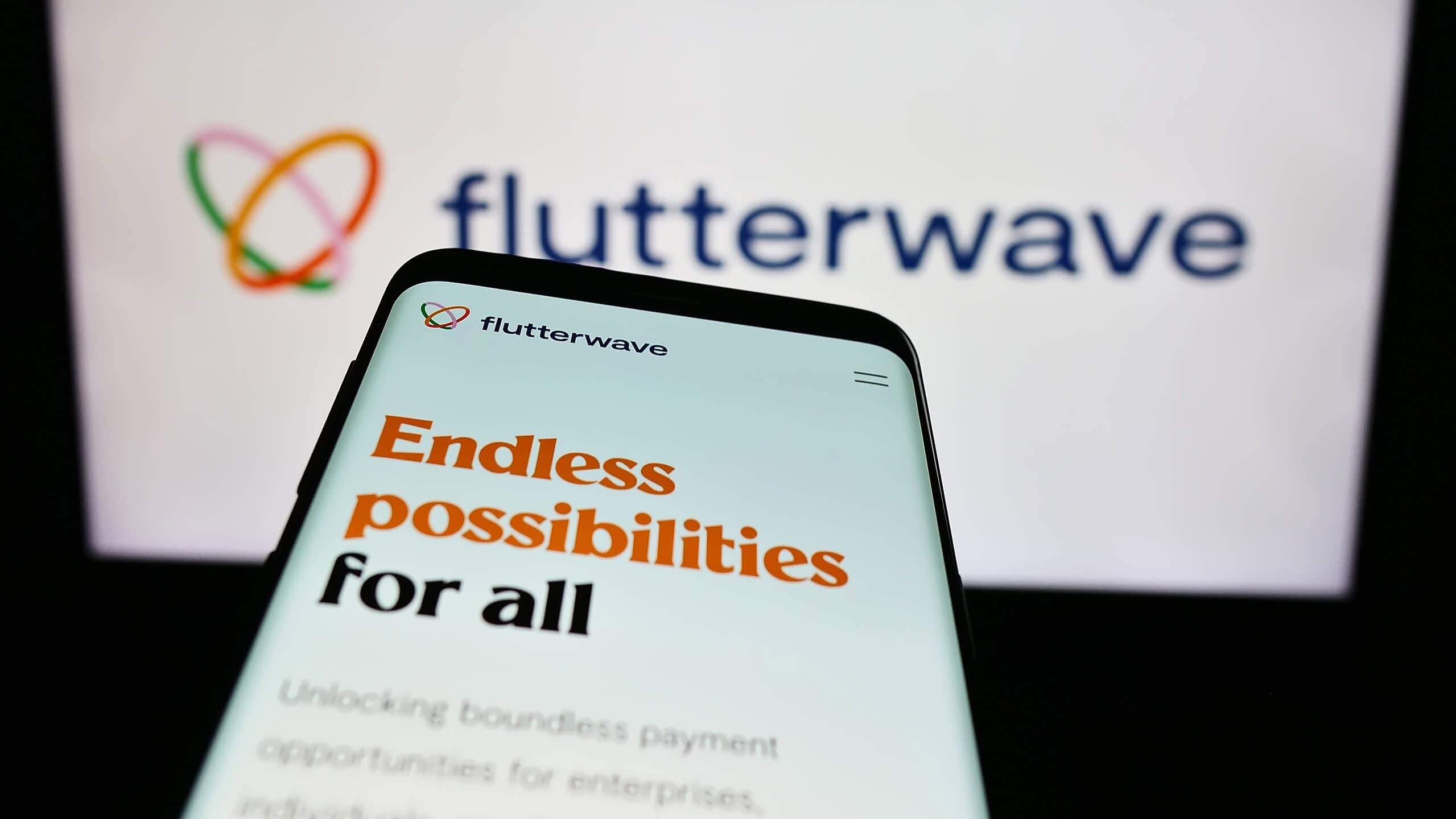China overtakes the US as Germany’s largest trading partner | International Trade News
Economists credit US President Donald Trump’s tariff campaign with reducing trade between Germany and the US, its top trading partner last year.
Published On 22 Oct 2025
China overtook the United States as Germany’s largest trading partner during the first eight months of 2025, preliminary data from the German statistics office has shown.
The data indicated that German imports and exports with China totalled $190.7bn (163.4 billion euros) from January to August, while trade with the US amounted to $189bn (162.8 billion euros), according to Reuters calculations.
Recommended Stories
list of 4 itemsend of list
The US was Germany’s top trading partner in 2024, ending an eight-year streak for China. Germany had sought to reduce its reliance on China, citing political differences and accusing Beijing of unfair practices.
But trade dynamics shifted again this year, with US President Donald Trump’s return to the White House and his renewed tariff campaign.
The tariffs have pushed down German exports to the US, which fell 7.4 percent in the first eight months of the year compared with 2024.
In August, exports to the US also fell 23.5 percent year-on-year, showing that the trend is accelerating.
“There is no question that US tariff and trade policy is an important reason for the decline in sales,” said Dirk Jandura, president of the BGA foreign trade association.
Jandura added that US demand for classic German export goods, such as cars, machinery and chemicals, had fallen.
With the ongoing tariff threat and the stronger euro, German exports to the US are unlikely to rebound any time soon, said Carsten Brzeski, global head of macro at the financial institution ING.
Exports to China fell even more sharply than those to the US, dropping 13.5 percent year-on-year to $63.5bn (54.7 billion euros) in the first eight months of 2025.
By contrast, imports from China rose 8.3 percent to $126.4bn (108.8 billion euros).
“The renewed import boom from China is worrying – particularly as data shows that these imports come at dumping prices,” said Brzeski.
He warned that the trend not only increases German dependence on China, but could add to stress in key industries where China has become a major rival.
“In the absence of economic dynamism at home, some in Germany may now be troubled by any shifts on world markets,” said Salomon Fiedler, an economist at the bank Berenberg.





